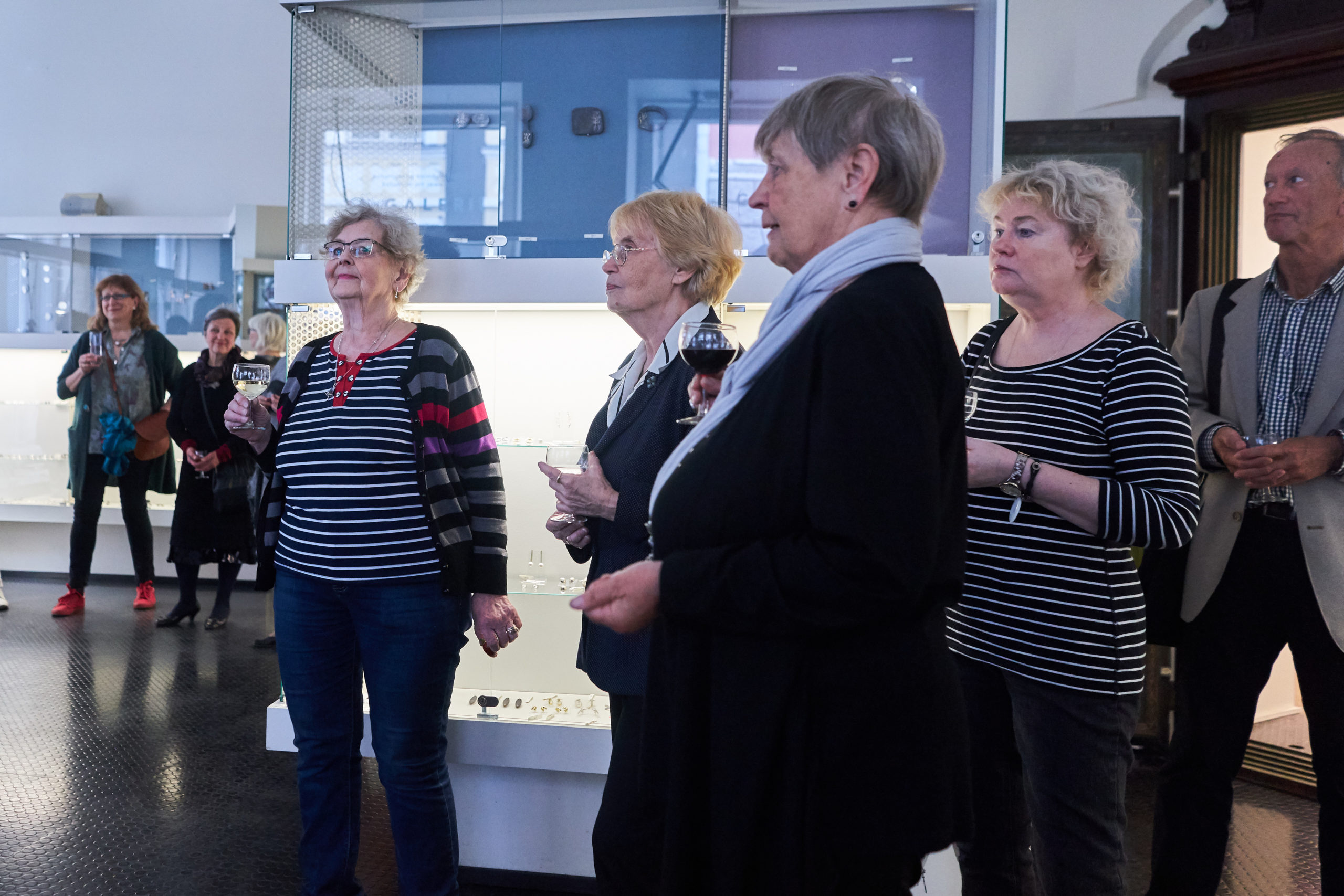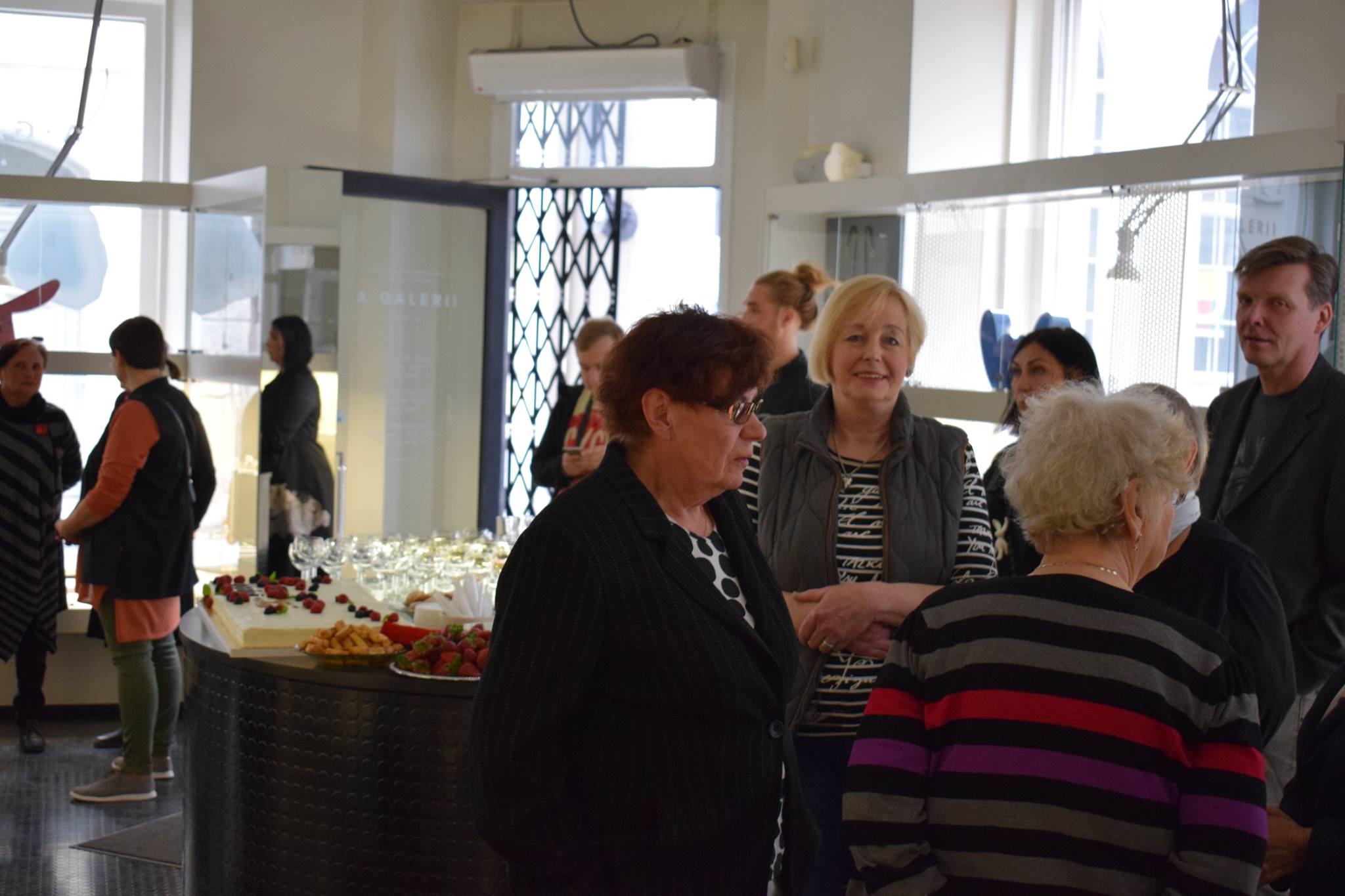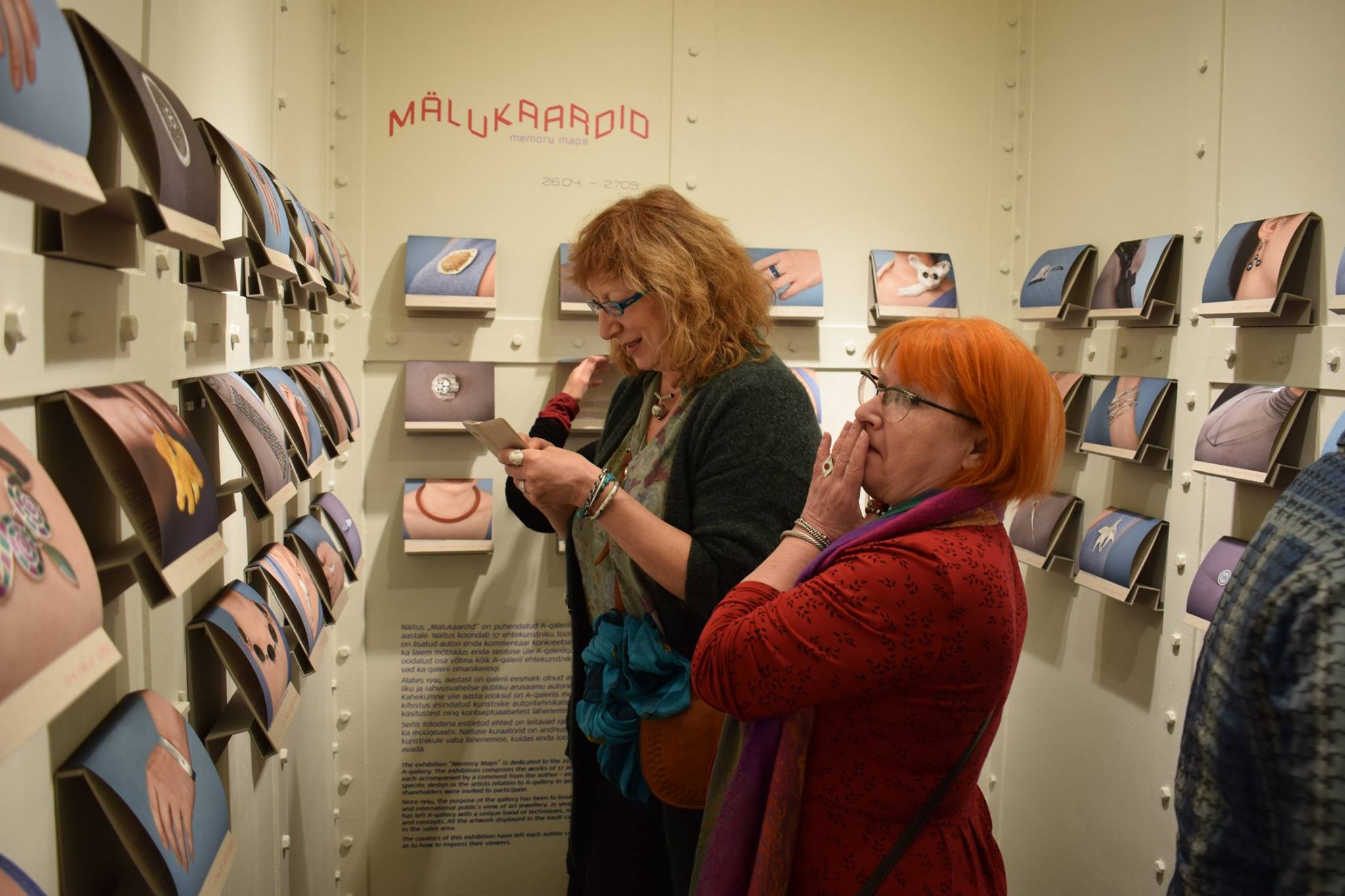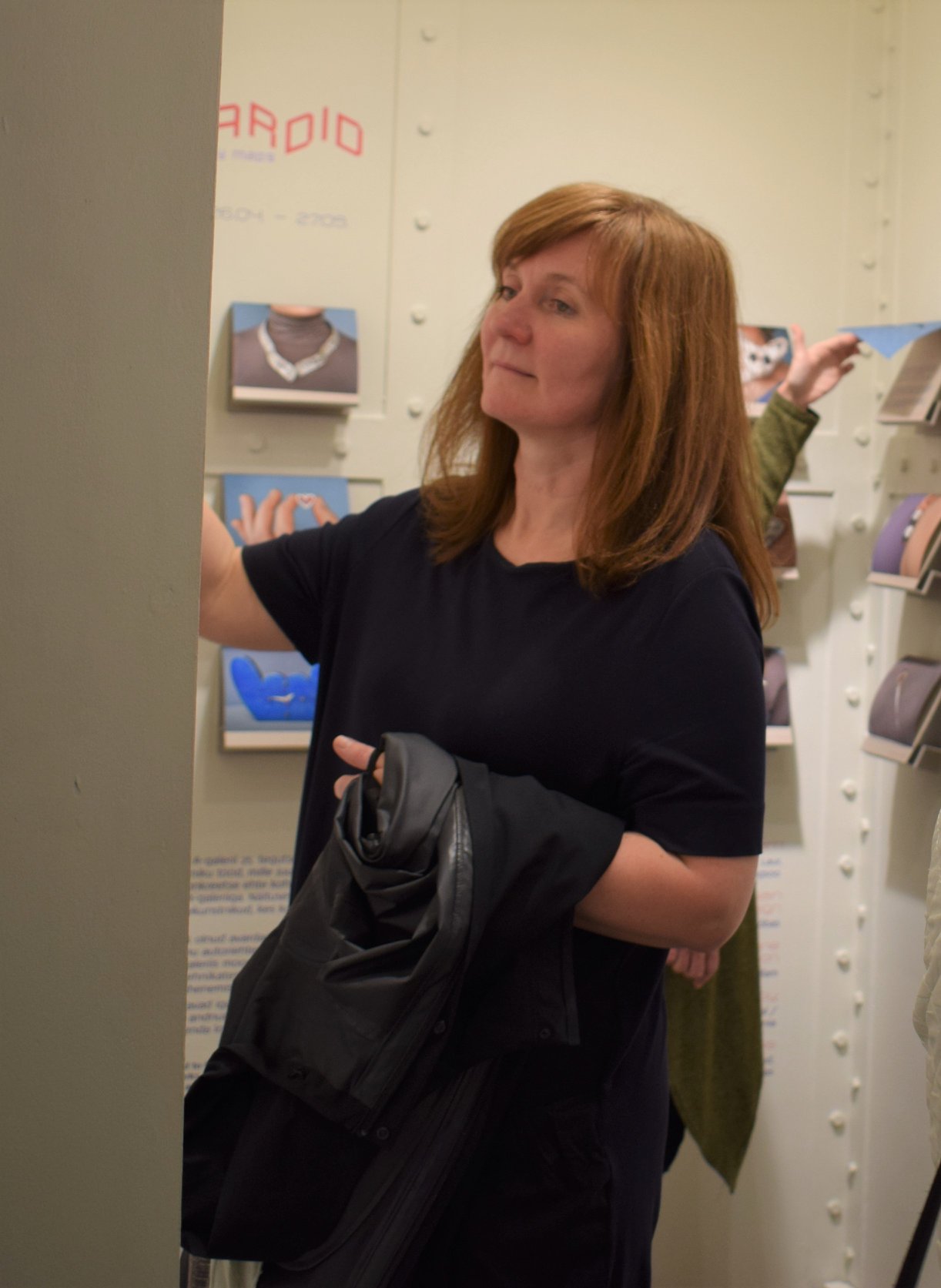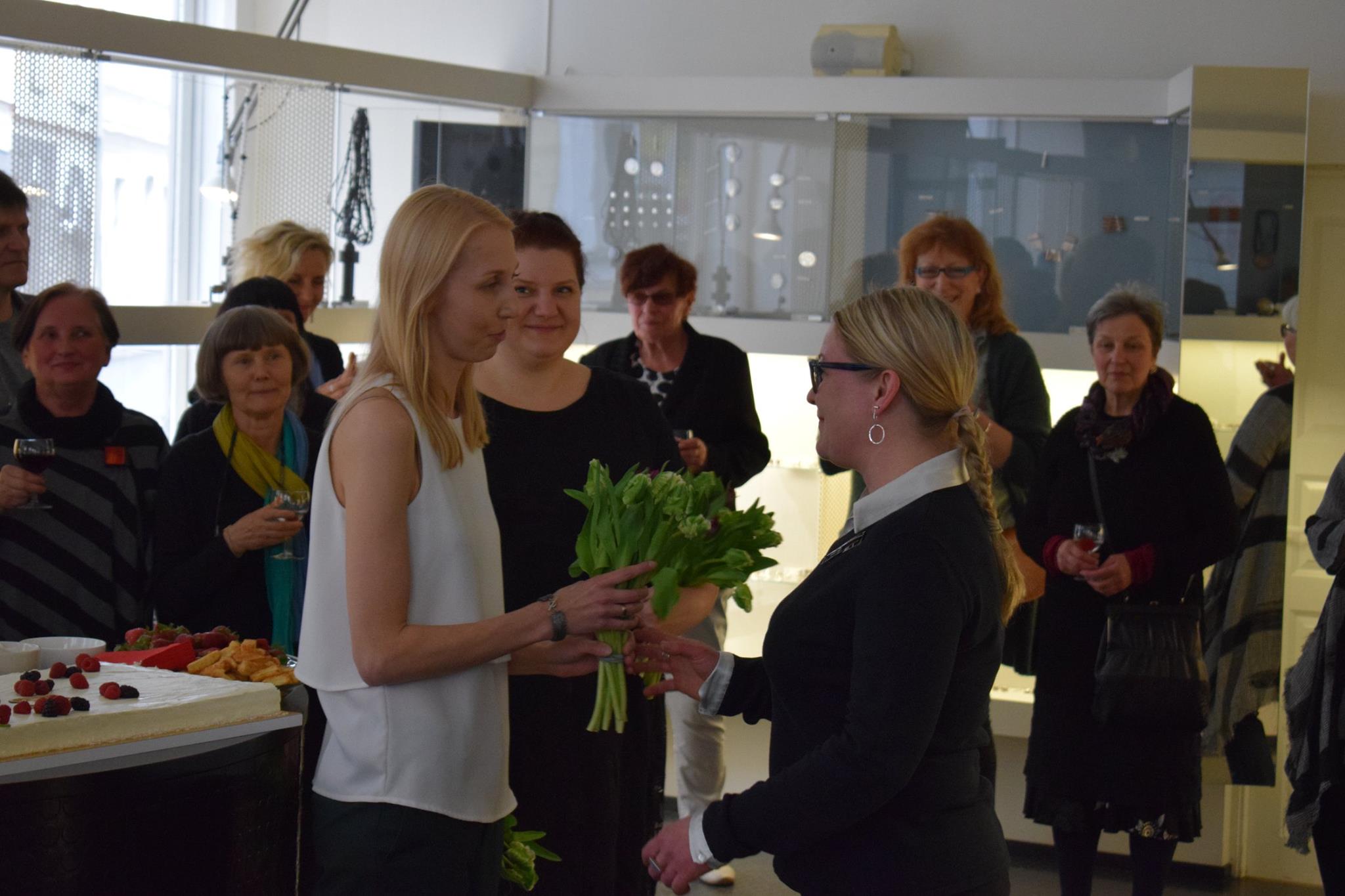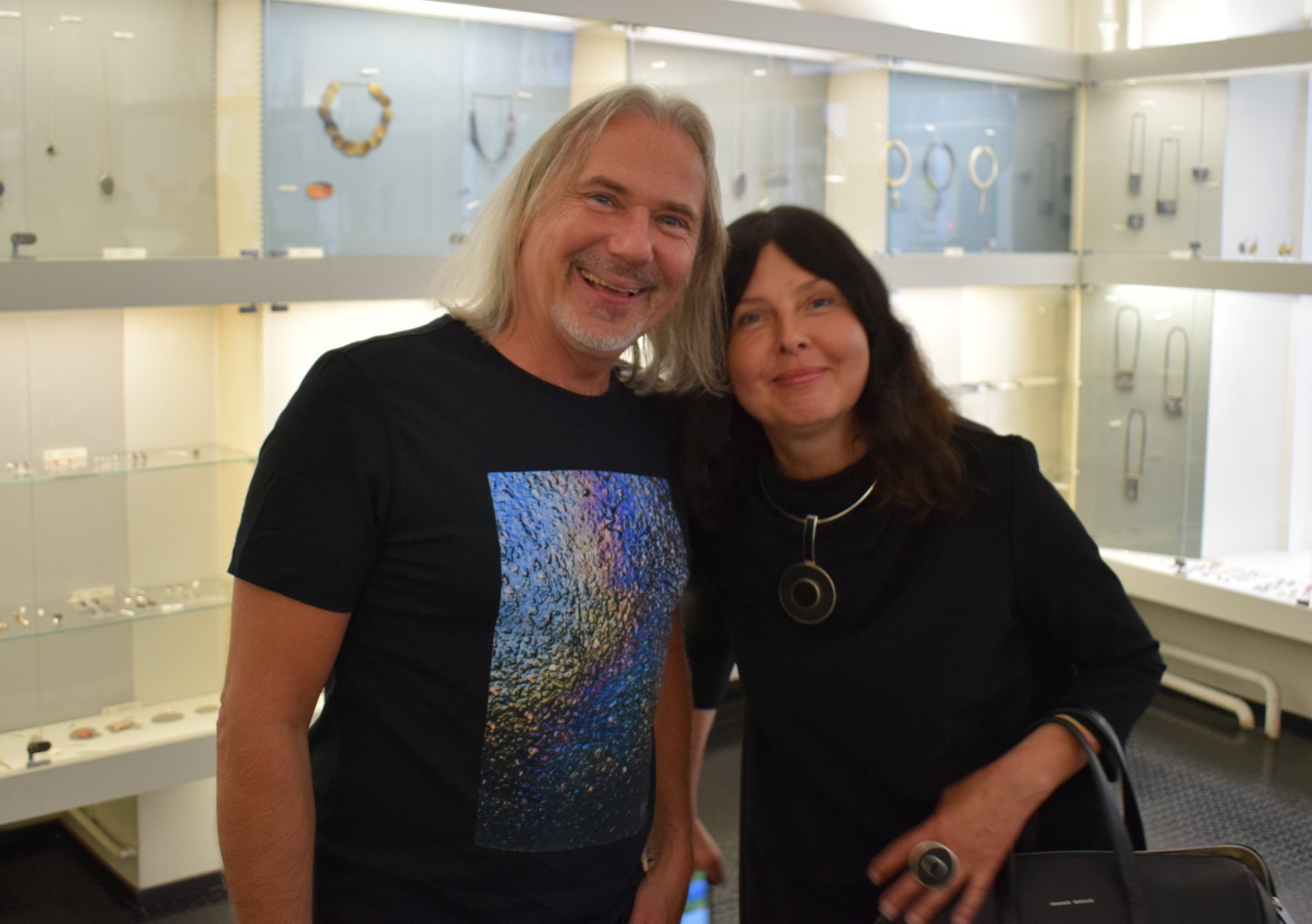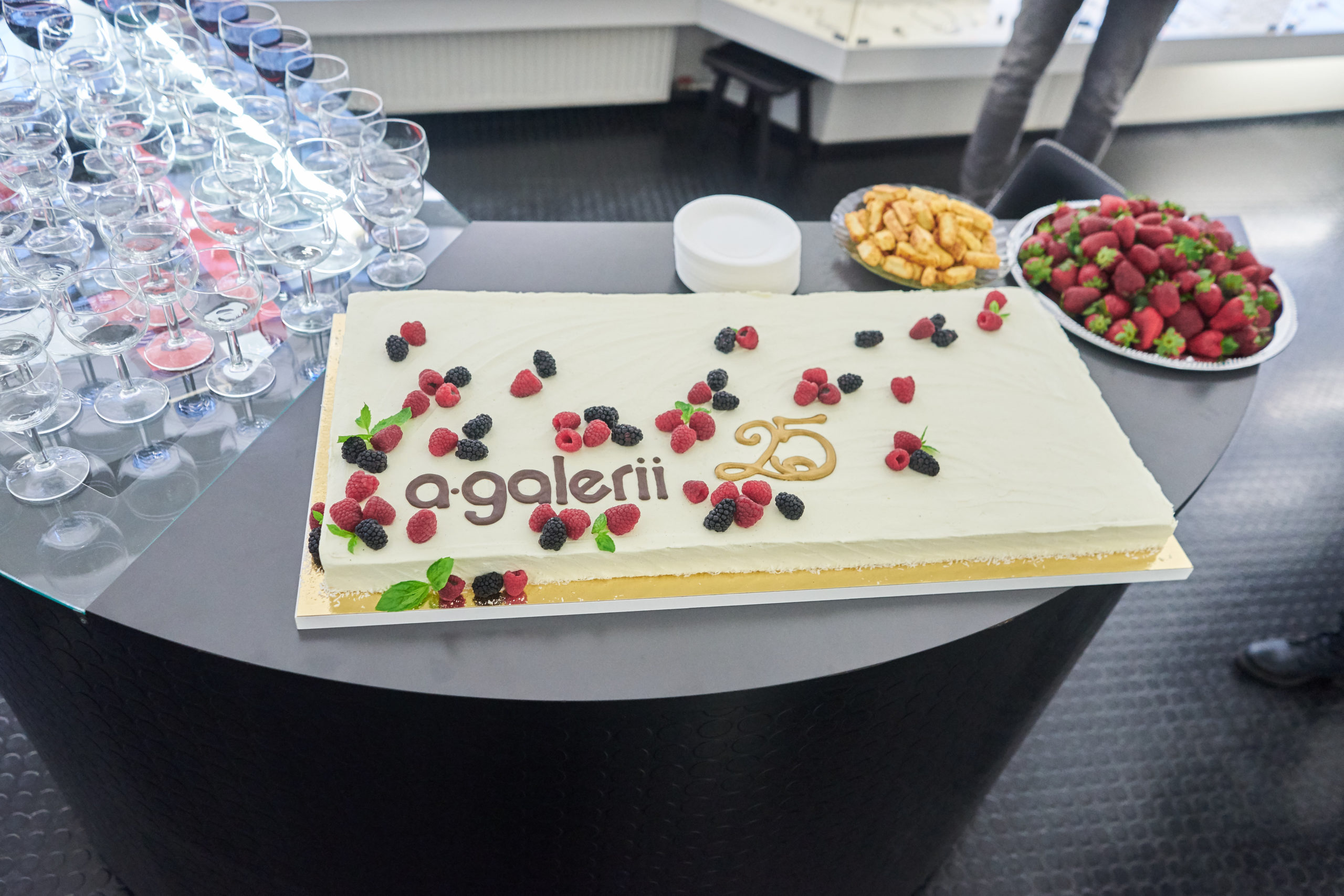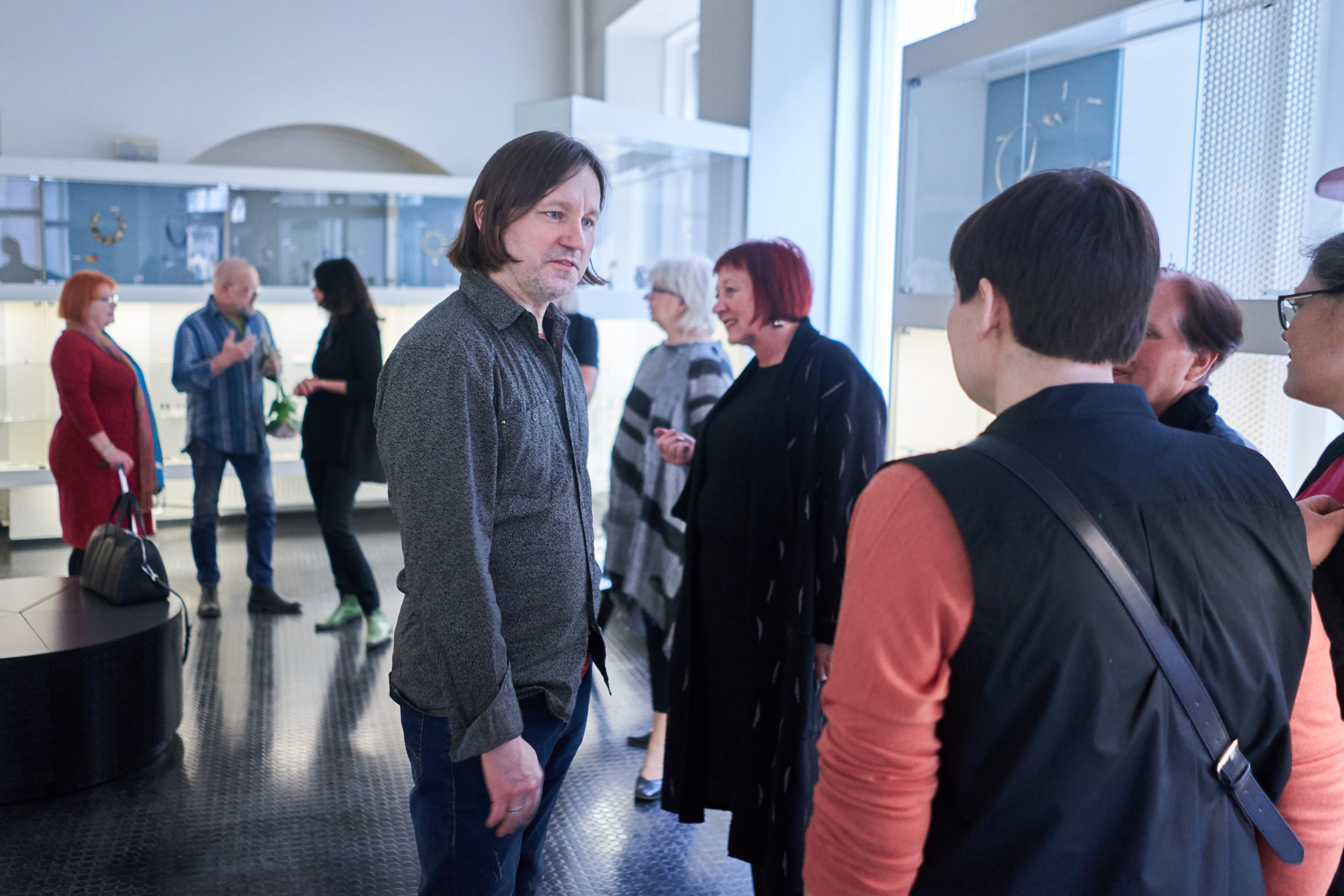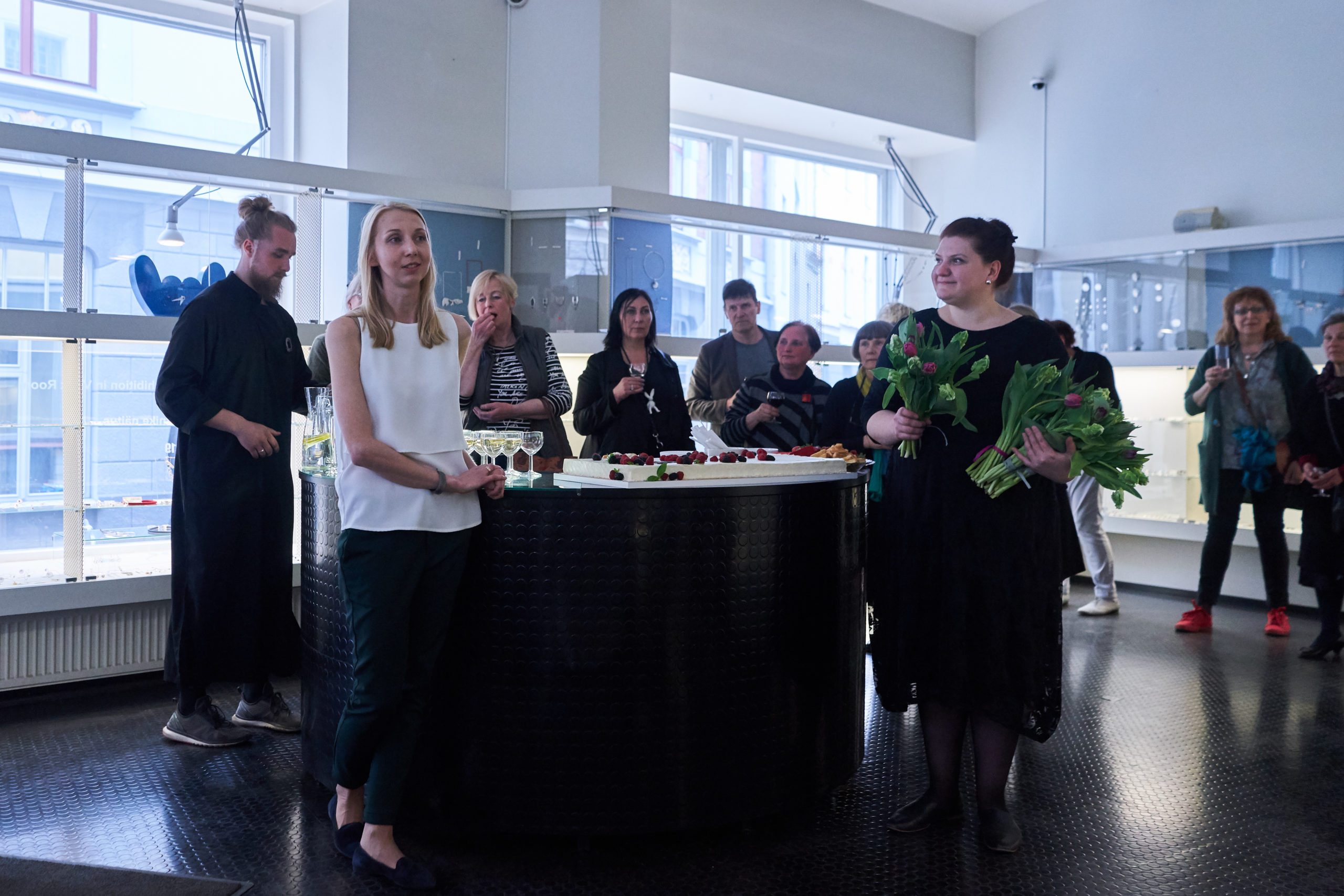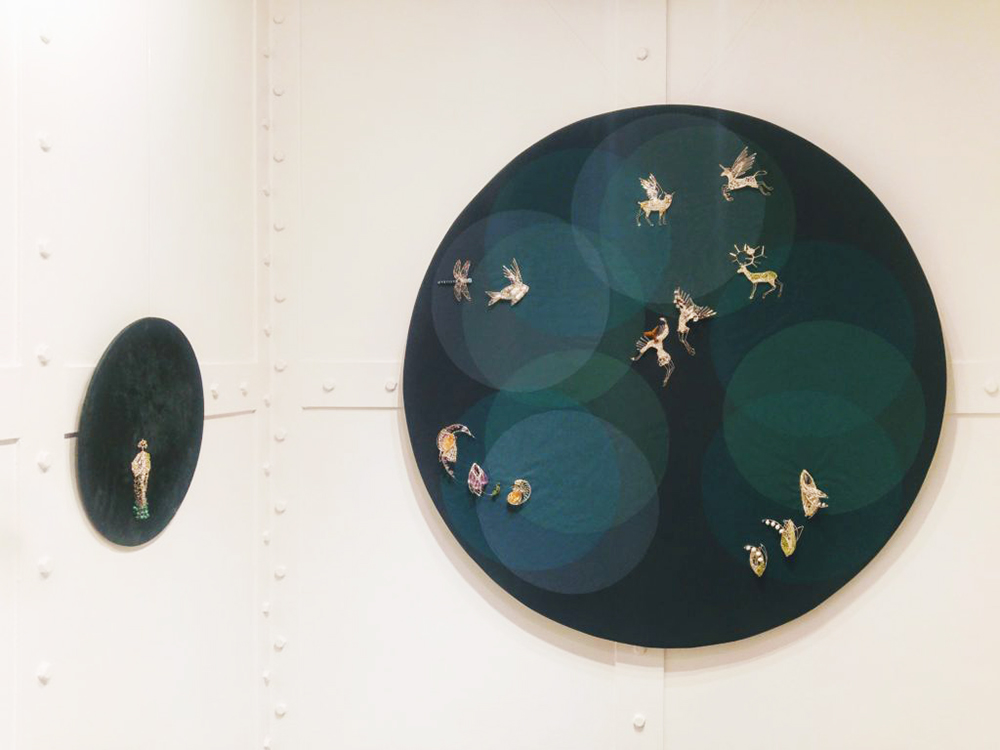WATCH ARTIST TALK HERE.
Artist talk with Anni Kagover: Saturday, 30.11.2019, 6pm-7pm
A-Gallery, Hobusepea 2, Tallinn
THE PARROT ROOM
The talk will be moderated by writer Kätlin Kaldmaa
THE PARROT ROOM
The exhibition space will become a shadowed grove, where colourful winged creatures and rare jewellery can be spotted. Precious metal mokumegane jewellery like the eyes of beasts of prey glitter behind lush greenery.
It is a fantasy journey to the parrot room in the summer cottage in the captain’s village Käsmu. The parrot room with a splendid wallpaper that has inspired many generations of artists.
The exhibition soundtrack is Helena Tulve’s opera “It is getting so dark” written on the subject of Sei Shonagon’s “Pillow Book”.
Anni Kagovere has graduated from the department of jewellery art at the Estonian Academy of Arts and obtained a MA degree in Tokyo University of the Arts. In her work, Kagovere focuses on mokumegane technique. She has held mokumegane courses at the Estonian Academy of Arts and Viljandi Culture Academy.
The exhibition will stay open until December 31, 2019.
Photos by Urve Hermann
Hobusepea 2, 10133 Tallinn
Mon-Fri 10-18, Sat 11-16
Phone 372 6464101
info@agalerii.ee























